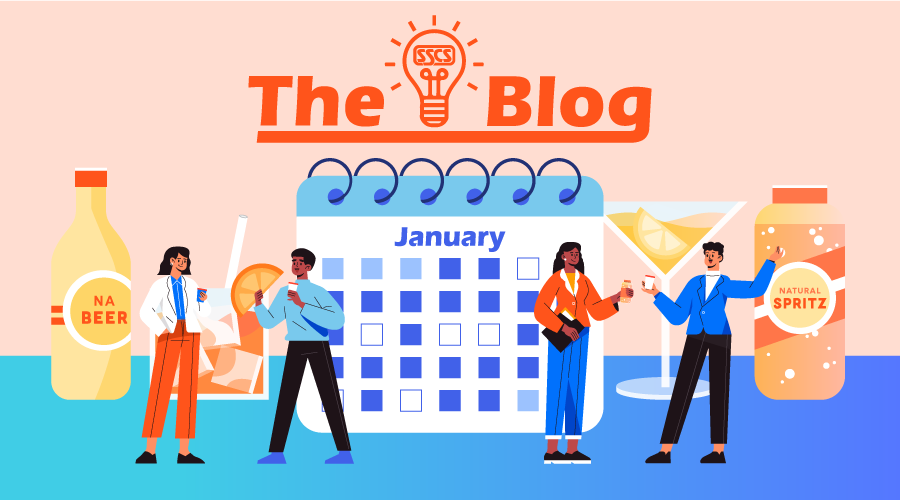
Moderation in All Things
In this day and age, both alcoholic and non-alcoholic beverages offer options promoting moderate lifestyles.
Dry January. Are you a practitioner? It’s a little late to start now, we suppose, given January is mostly behind us.
But that’s okay. Being on the cusp of the month made us reflect that on the number of beverages, with and without alcohol, which are available to incorporate into a healthy lifestyle.
Let’s start with Dry January, itself, which originated in the United Kingdom in 2013. The idea behind the concept is to promote healthier lifestyles. Being that January is when everyone tries out their New Year’s resolutions, the month seems a natural choice.
Over the years, the campaign has taken root in other countries, including the U.S., where it has become a recognized movement in its own right, which has contributed a deluge of non-alcoholic (NA) beverages in ever increasing varieties, all available at your nearby convenience store.
Non-alcoholic beers are a prominent example. Fifty years ago, anyone with the fancy of drinking a beer without alcohol was almost entirely limited to Goetz Pale Near Beer, which, contrary to the trademark on its label, did not quench the thirst of a nation.
Fortunately, for fans of NA beer, the days of next to no choice have given way to a proliferation of options. There are the darkest of Porters, the palest of ales, and enough IPAs to fill a year’s schedule of tasting and sampling. Legacy brewers, both corporate and craft, have gotten into the NA game, but newcomers without past brewing experience are also making an impact. All of them are perfect for your Dry January, or, given how time has slipped by, the abstinence date range of your choice.
As for those who want to pursue moderation without complete alcohol abstinence, the diversification of the beer market has resulted in more low-alcohol choices than ever, far from the days when 3.2% beer was the only alternative in states with strict alcohol laws and on military bases, where it remains available in vending machines.
Today there are literally hundreds of brands of light beer that taste better, in addition to a variety of other beverages that don’t crank up the alcohol level to 10. White wine and champagne are often mentioned as examples, especially when they are blended with a mixer into a cocktail such as a mimosa or spritzer.
The same principle applies to packaged beverages such as seltzers, except they come pre-mixed. That’s only scratching the surface, though. The spirit of innovation that runs through the beverage industry also applies to the low-alcohol sector. Here are 36 suggestions you might wish to investigate.
While the growth of the beverage market has resulted in more choices for the consumer, it also means there are more items for the c-store operator to stock and price correctly. The Computerized Daily Book, from SSCS, is software completely designed around the concept of tracking inventory by item, made possible by scanning in UPC/bar codes. This means you get a close up look at what’s on the shelves in a minimum of time, and that’s far from the only benefit: increased and decreased item sales, as well as raised and lowered item costs, all snap into focus much more rapidly than otherwise. Get a clear-eyed look at your business. Give us a call at 1-800 927-7727 and we’ll show you what we mean.

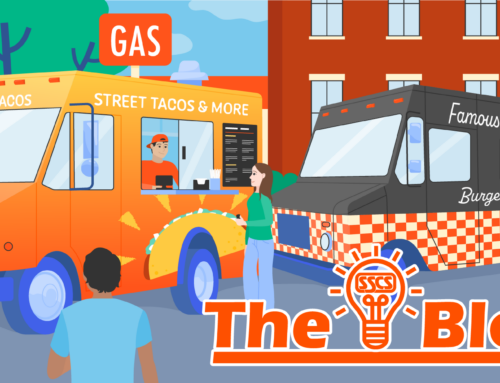
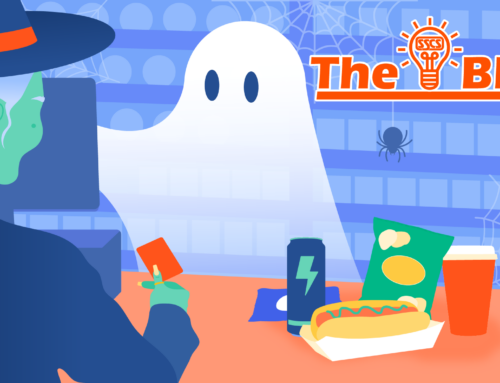
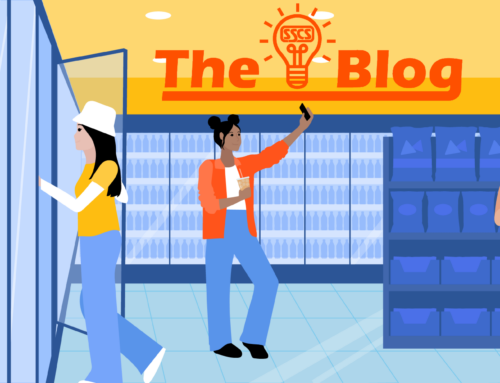

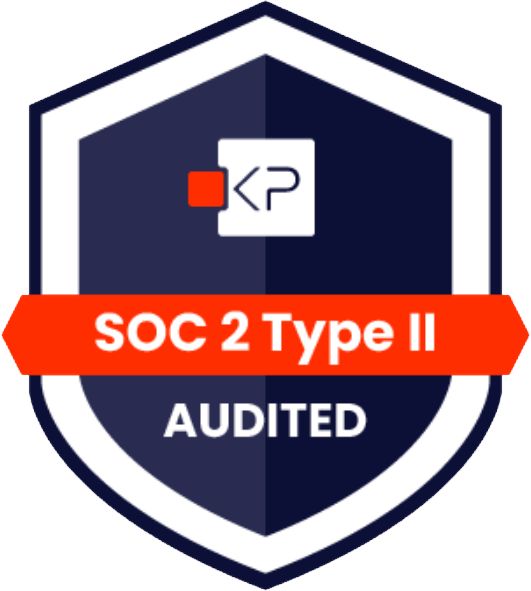
Leave A Comment